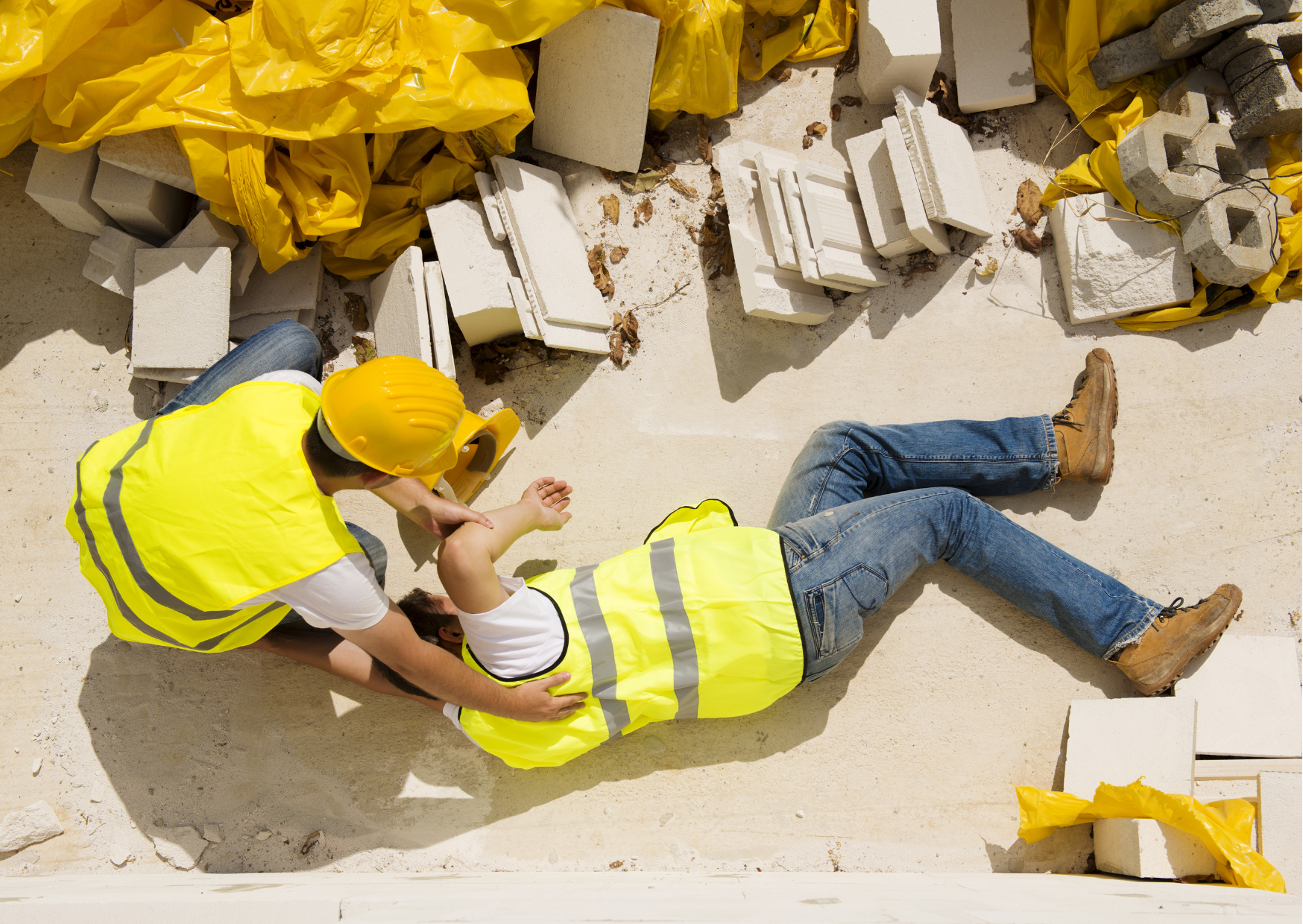
6 Tips For Fall Prevention On Construction Sites
Falls from height are one of the leading causes of injury on UK construction sites for a variety of reasons, from careless behaviour on the part of the worker, to a walkway not being cleared properly and causing them to trip. Falling from height can lead to serious injuries or even death. Despite numerous safety measures put in place to prevent such accidents, they still happen. That's why it's crucial to take extra precautions when working at heights. In this article, we will look at six ways that you can limit you and your team from injuring yourselves or others.
1. Plan the work in detail in advance
Planning is the cornerstone of any construction project, but it's particularly crucial when dealing with heights. Knowing who will work at height and who will be on the ground, where they'll be on the site, and keeping track of changes in workers' positions in real-time is the first step towards avoiding mishaps. Detailed planning helps everyone stay on the same page and eliminates confusion.
2. Train everyone working at height in health and safety
No one should be allowed to work at height without proper health and safety training. This training should cover the safe use of equipment like harnesses, safety nets and fall arrest systems, ladders, and scaffolding systems. Workers must know how to recognise potential hazards and take action if they see something wrong that might endanger either themselves or a colleague.
3. Increase the frequency of site inspections
Regular site inspections are necessary to ensure that the worksite is kept free from hazards that could cause falls and trips. Supervisors should regularly check for debris, loose materials, sharp objects, holes, equipment left out of place, and other risks. The working area must be clear of environmental hazards like dampness, rust, or deformation that can cause slips and falls. Special care should be taken in wet conditions and low visibility.
4. Stop work in adverse weather conditions
Heavy rain, strong winds, snow or ice can cause surfaces to become slippery, increasing the risk of falls. It's essential to monitor the weather regularly and consistently as part of site safety protocols. High winds or lightning will make it necessary to stop work immediately in exposed areas until it is safe to continue. It’s important to note that hot weather may also increase the risk of accidents due to dehydration and heat stroke – make sure you and your team stay hydrated and have adequate rest breaks in shaded areas when working outdoors during the summer.
5. Provide appropriate PPE and safety equipment
Workers working at height must be provided with protective equipment like guardrails, toe-boards, handrails, harnesses, and hard hats. It's also important to ensure that the equipment is installed correctly for the safest results, and double-checked by a trained professional to avoid errors. Fall arrest systems should be installed where feasible.
6. Have a trained first-aider on site at all times
Construction accidents happen even in the safest work environments. It's therefore essential to have a trained first-aider on-site who can provide life-saving first aid immediately in case of an injury. This person must be well trained and receive up-to-date training regularly to ensure that they have the skills and knowledge to respond effectively to an emergency.
Find out more
Falls from height are a significant concern in the construction sector, but with the right precautions, equipment and levels of awareness, contractors can minimise or prevent many potential accidents from occurring. To find out more about our site safety procedures and the best practices we follow at SC4, please call 07715 568102 today.
Image Source: Canva
Click on the categories below to find out more about:

Connect with Us
Share this Page
More Posts
Recent Posts
- Breathe Easy, Work Safe: The RPE Every Site Worker Needs
- From Site to Strategy: Simon Mead Promoted to Associate Director at SC4
- SC4 named Cala Contractor of the Month, October 2025
- Why is Neurodiversity so important in Construction?
- Our Favourite Carpentry Project Of 2024: Cromwell Court, Old Basing
- Case Study: Timber Frame Installation in Netley Grange, Southampton
